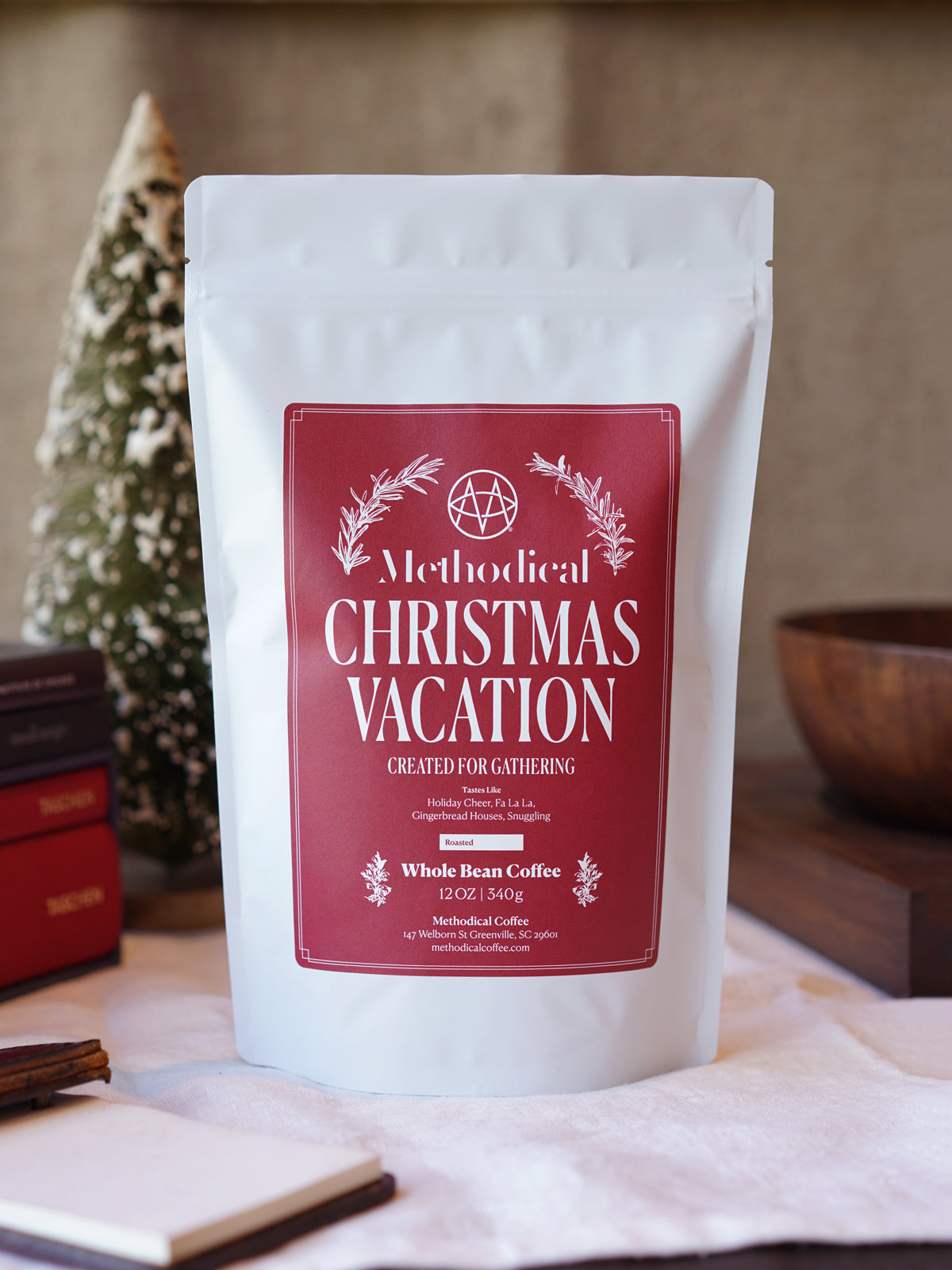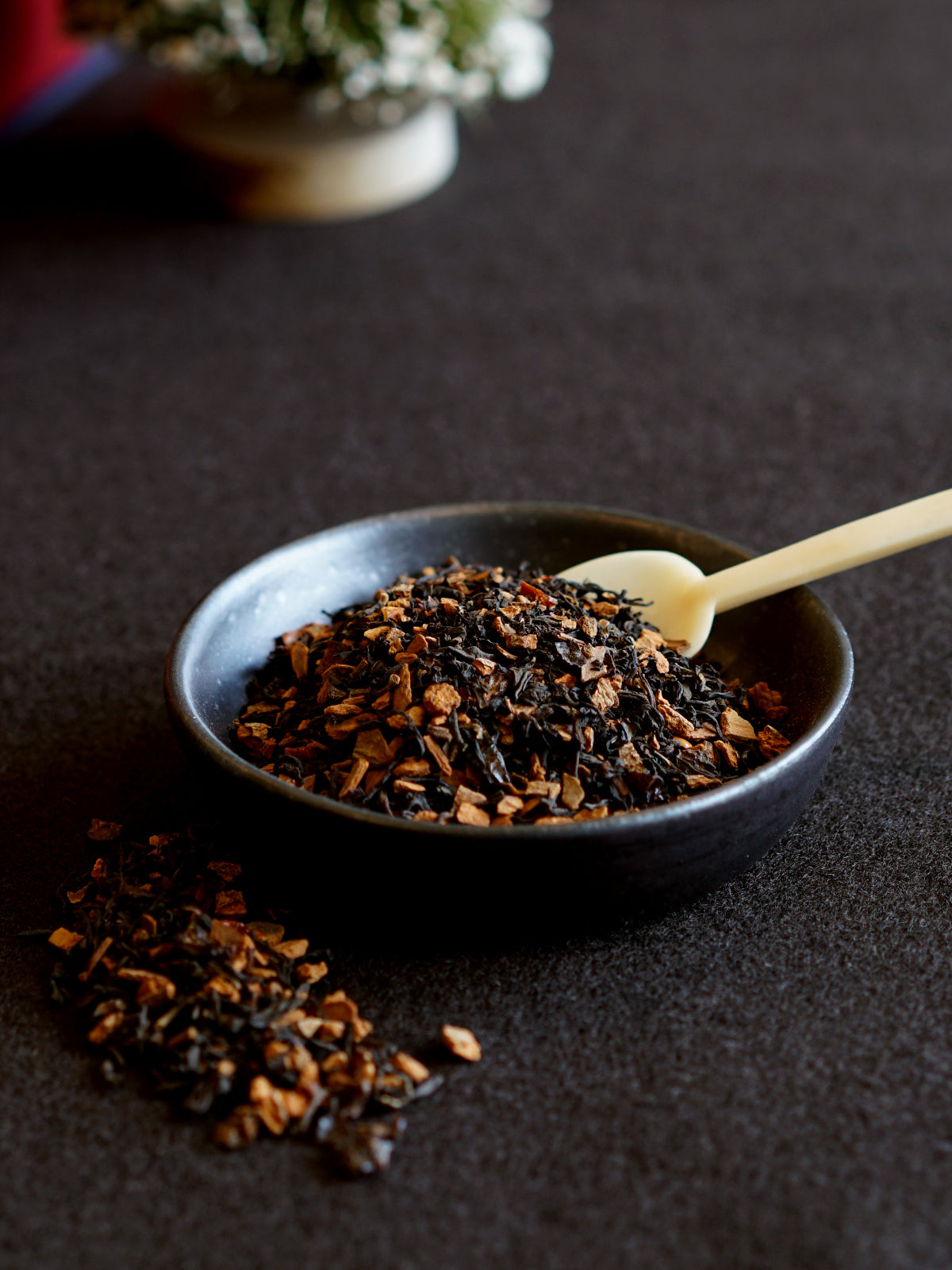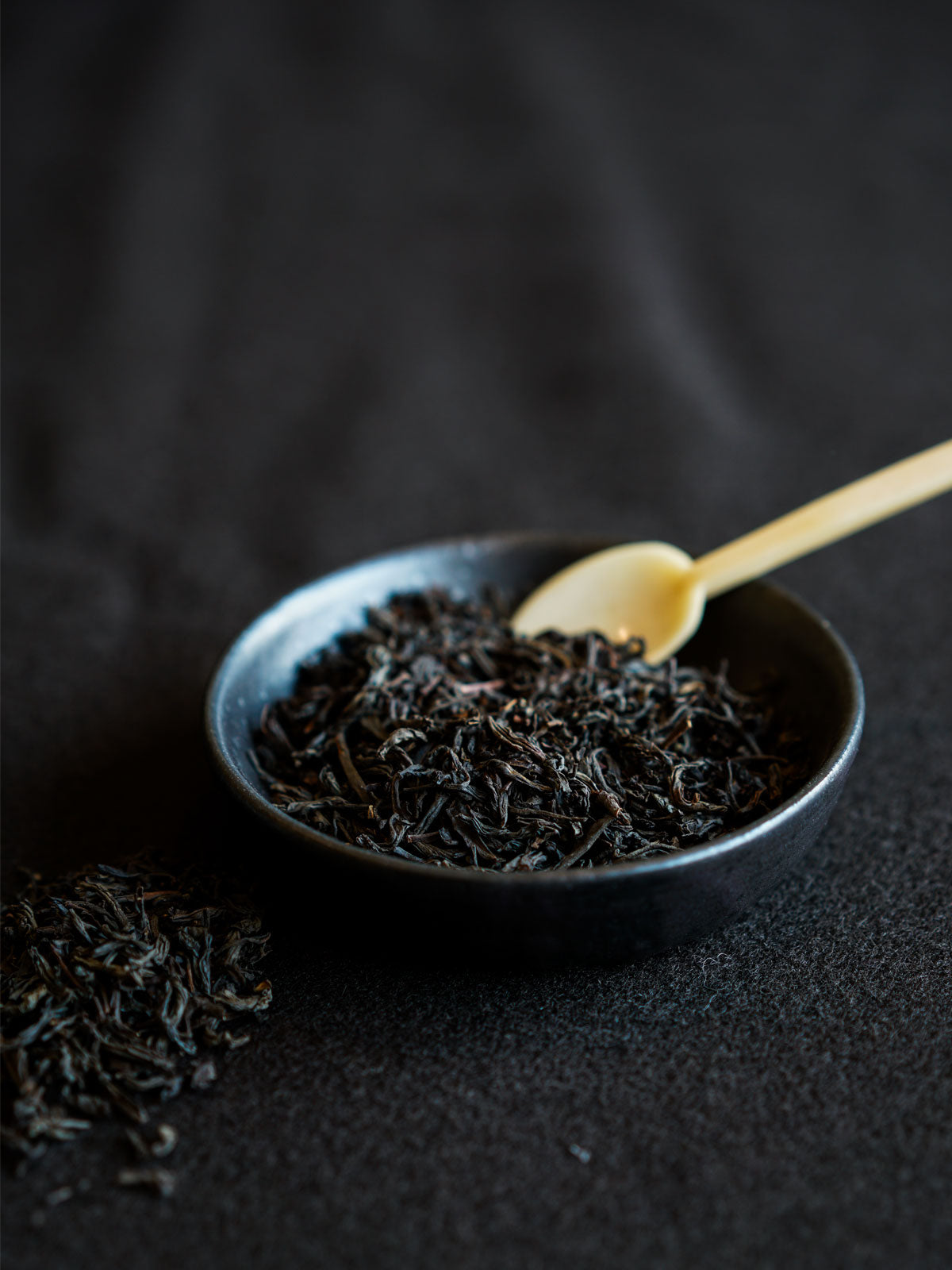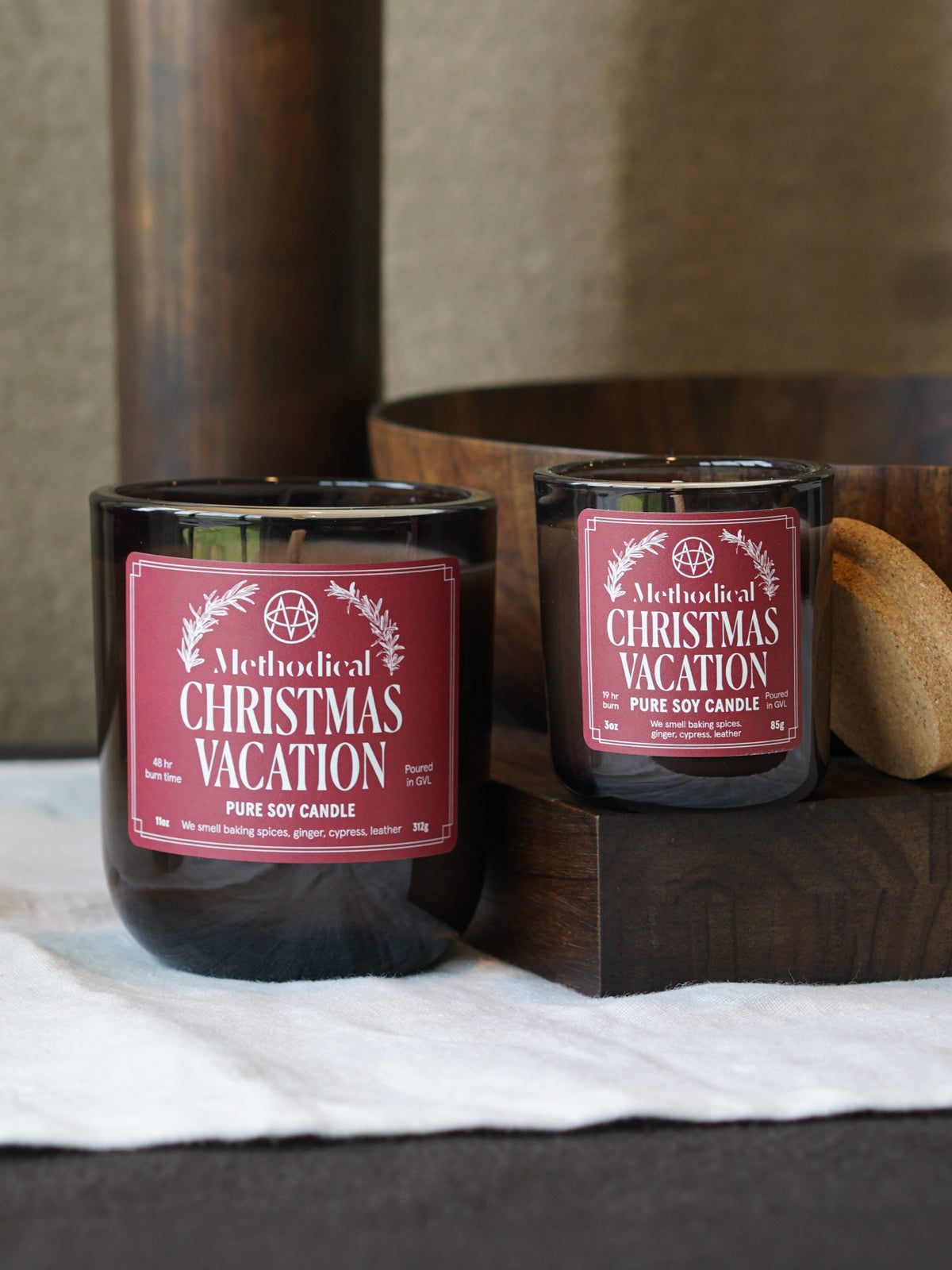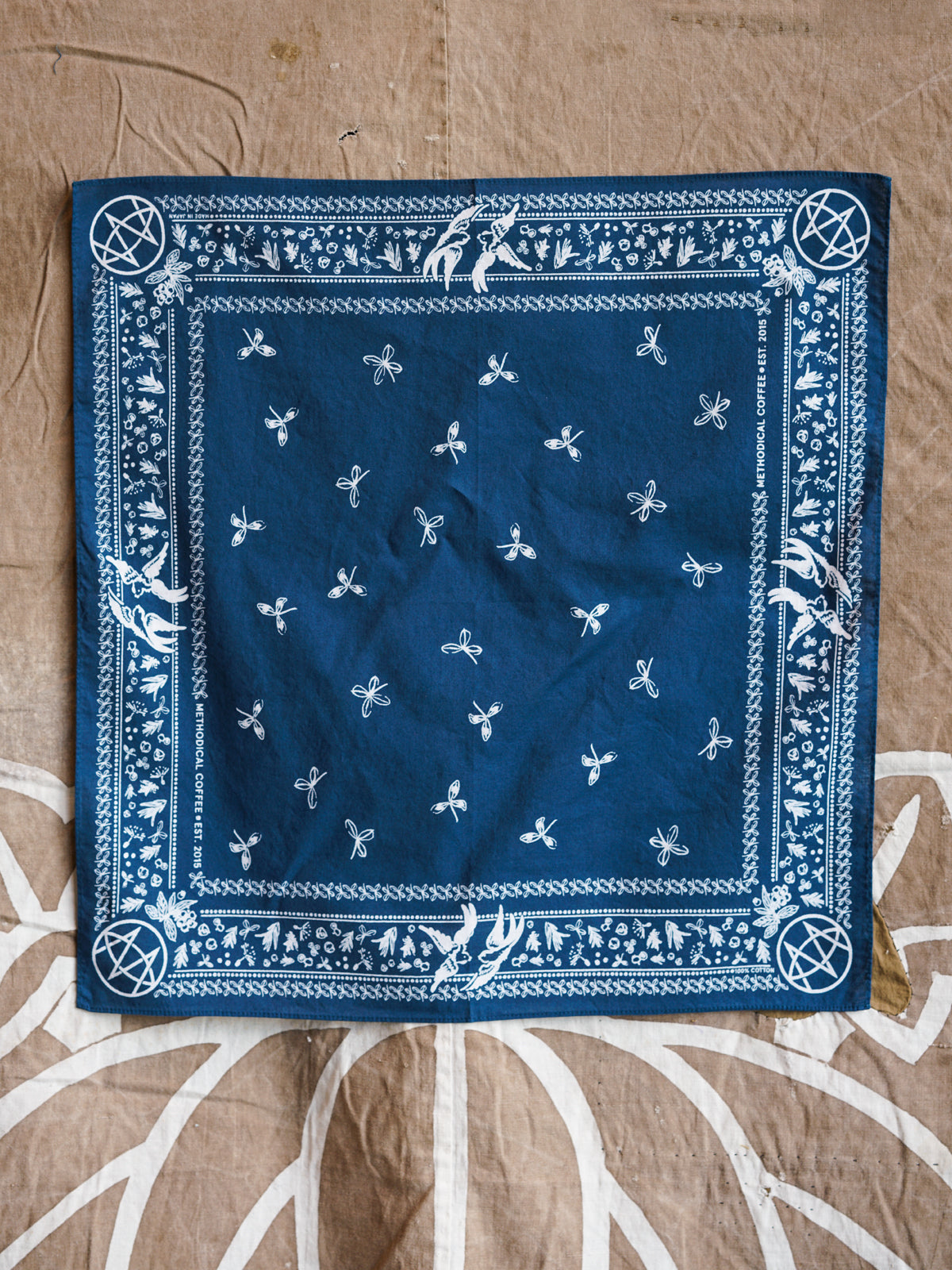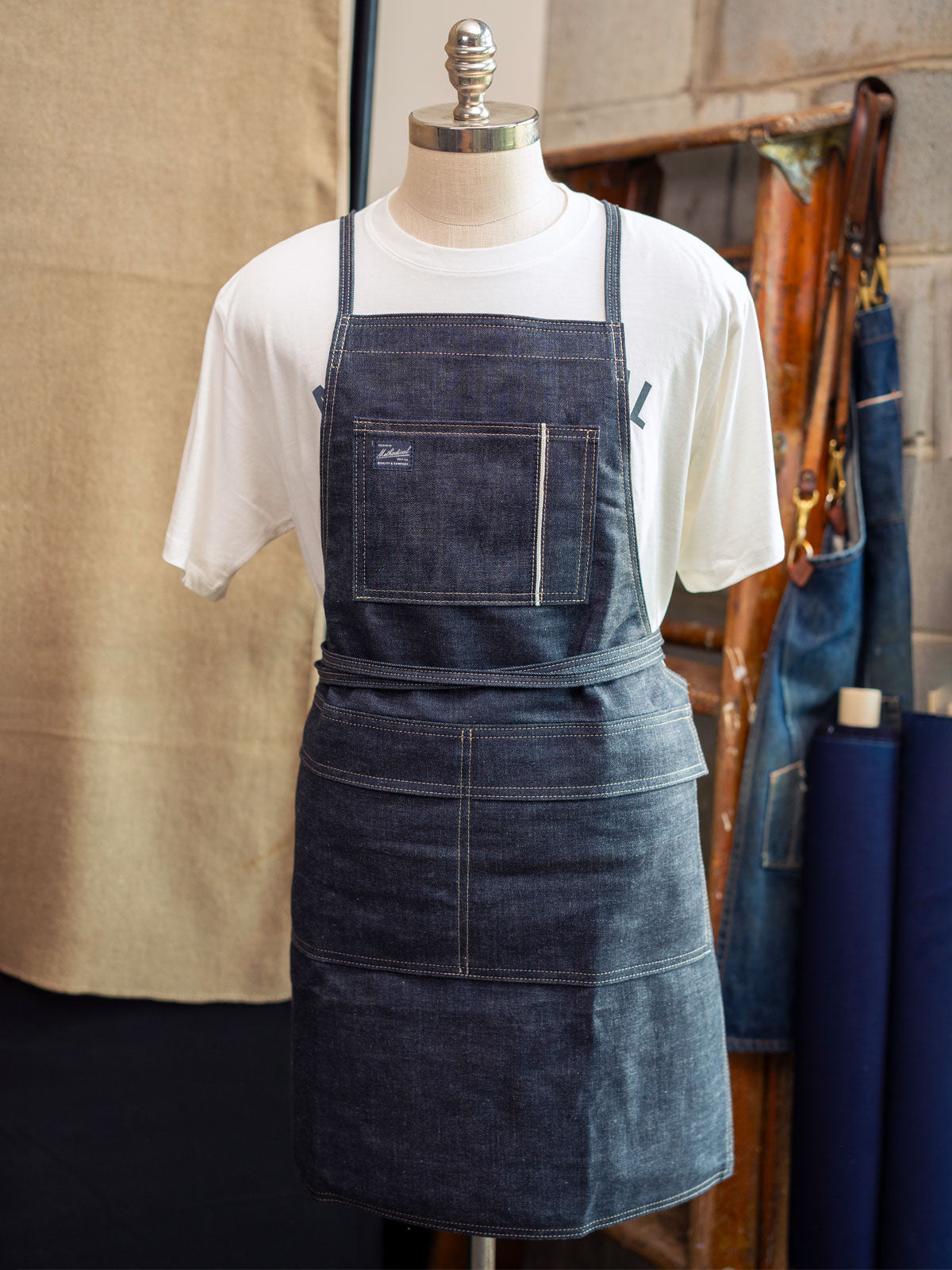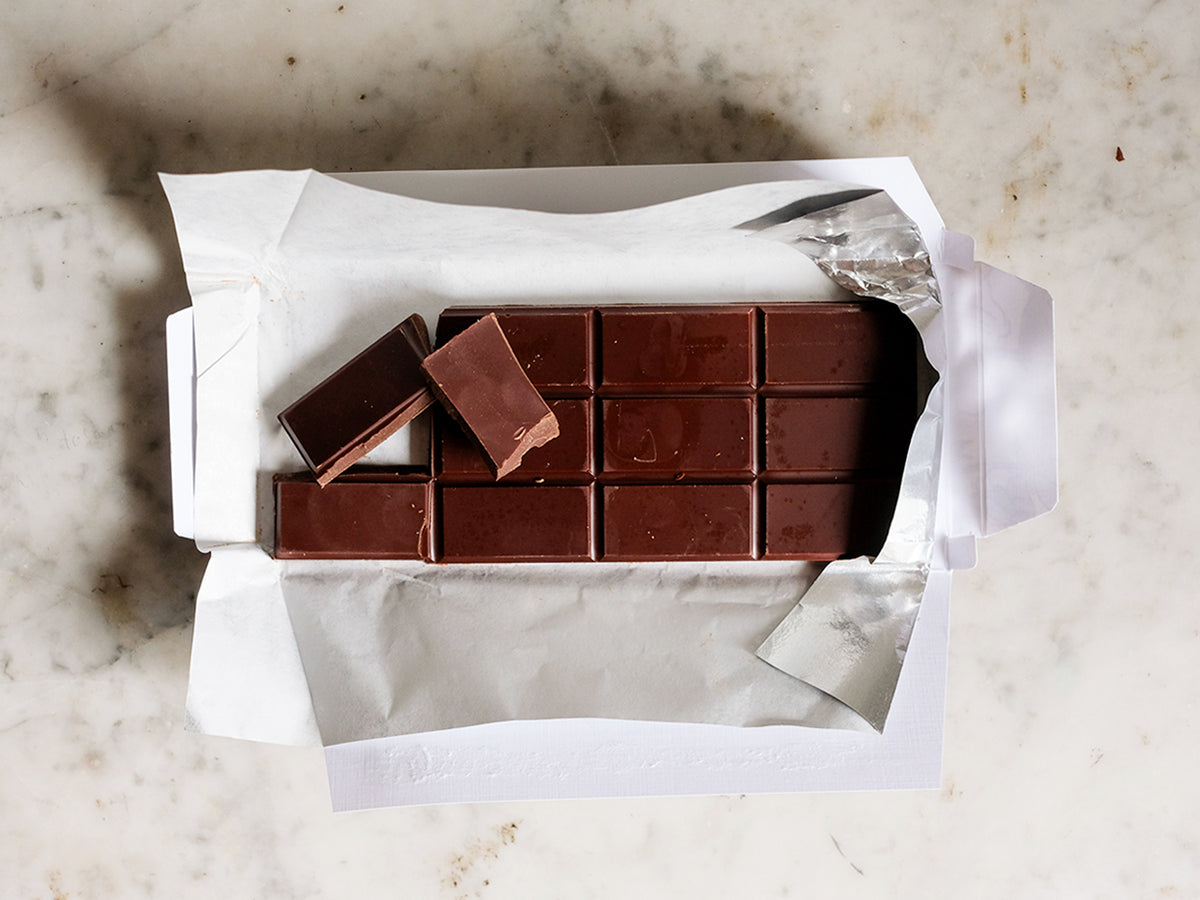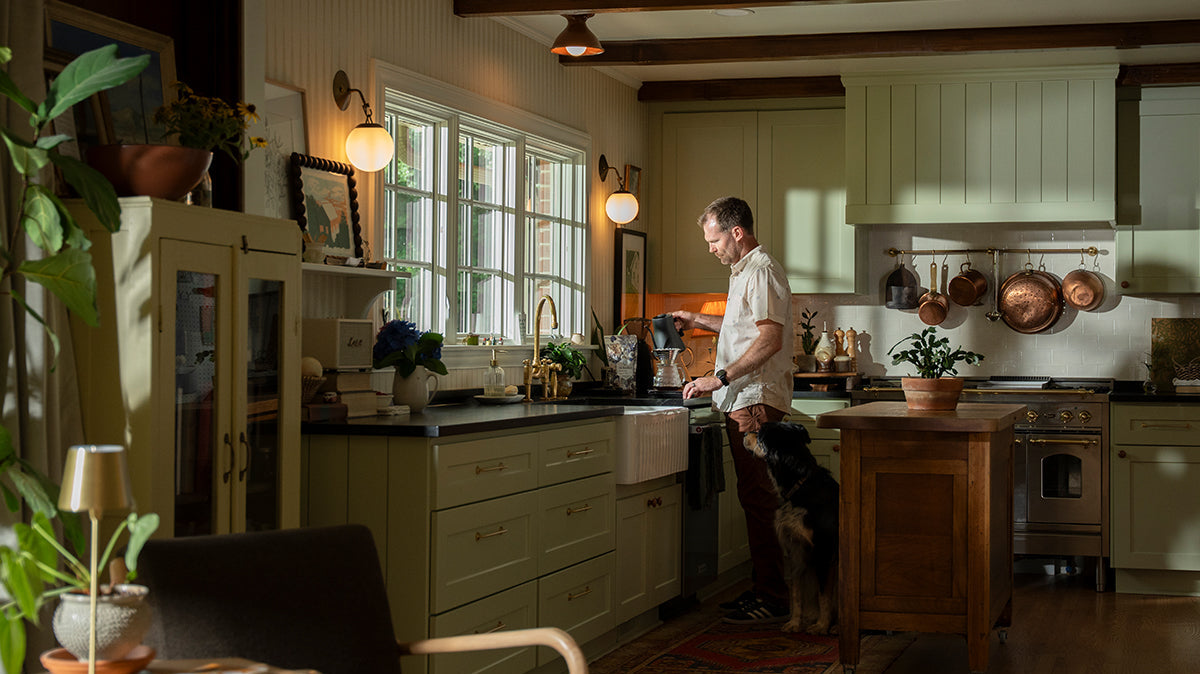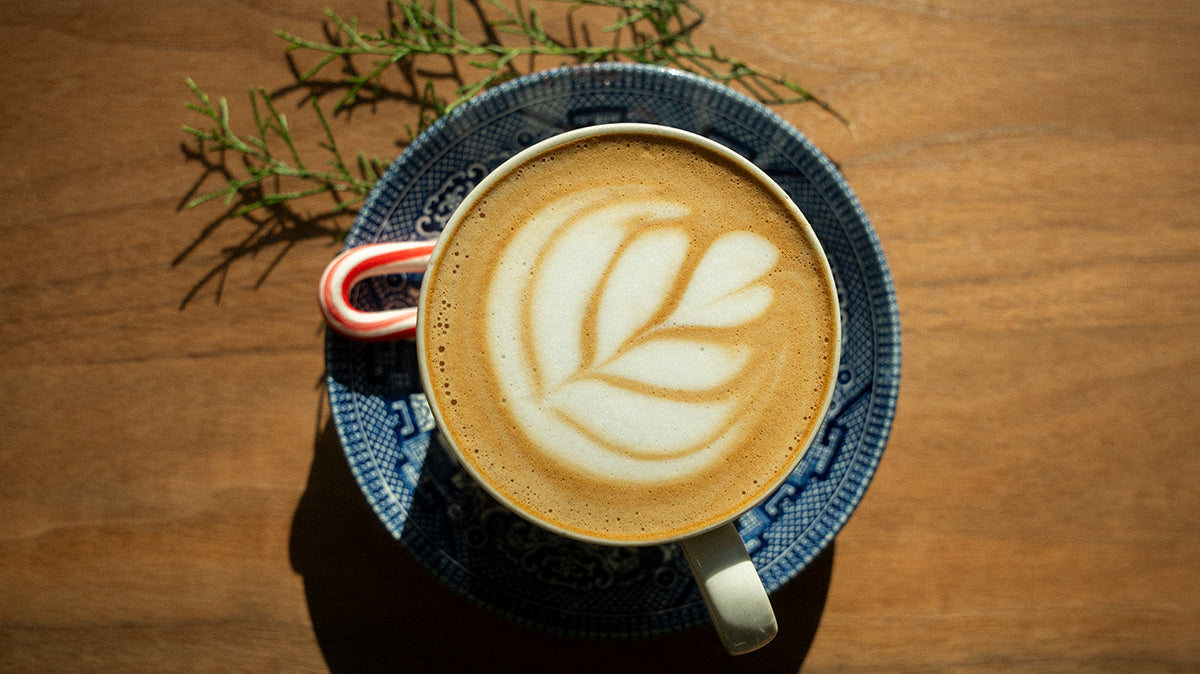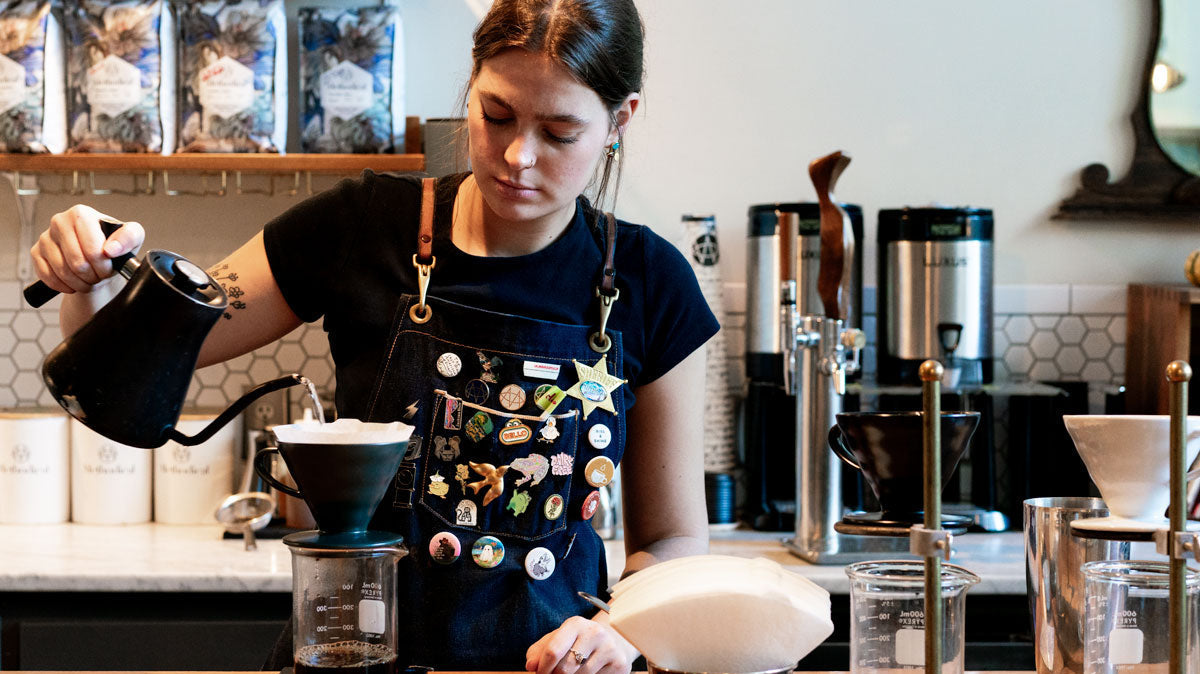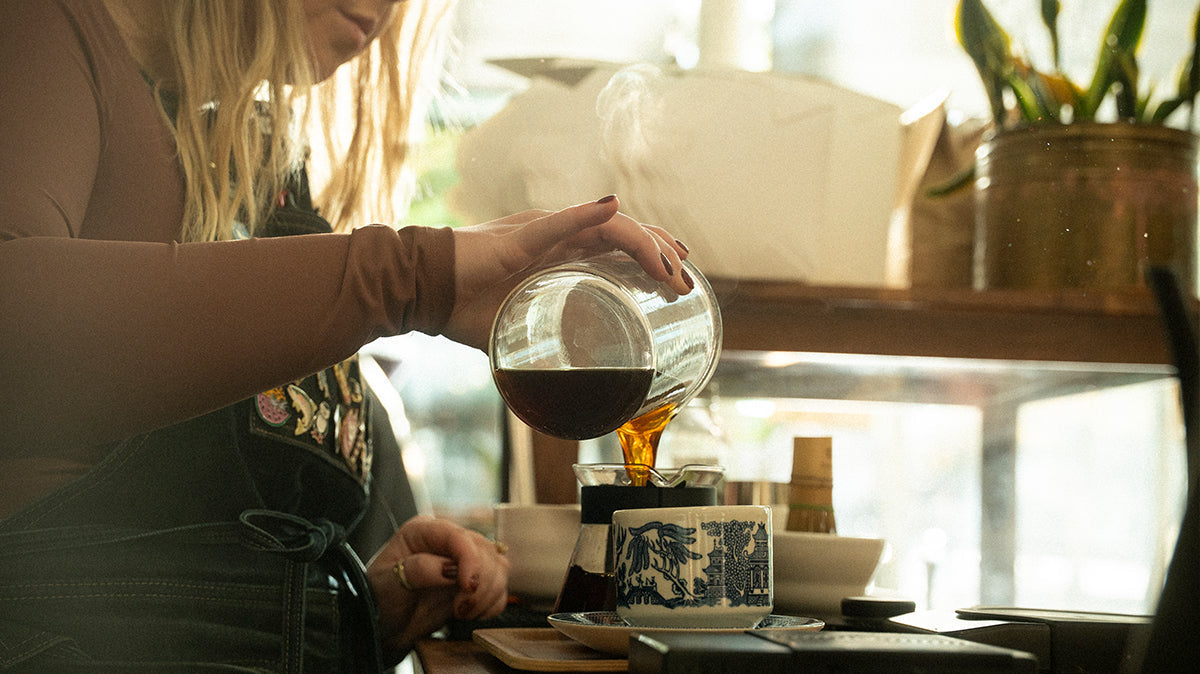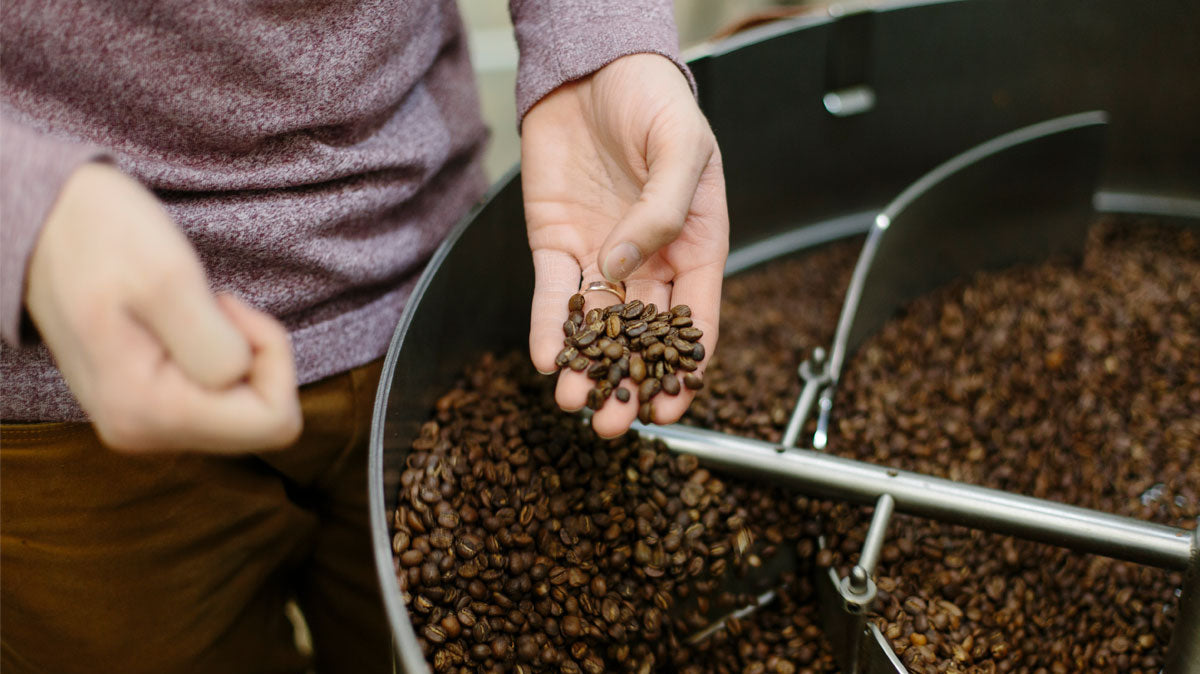Whether it’s a velvety mocha, a dark chocolate square melting alongside a sip of espresso, or a decadent tiramisu, this duo brings out the best in each other. But why do they work so well together? And what are the best ways to enjoy them? Let’s dive into the science, flavors, and indulgent pairings that make coffee and chocolate the perfect match.
Why Do Coffee and Chocolate Pair So Well?
Coffee and chocolate pair so well because they share similar origins, complementary flavor profiles, and overlapping chemical compounds that complement each other.
Shared Origins and Processing
Both coffee and chocolate are made from “beans” or, more specifically, the seeds of two distinct plants. They have their roots (no pun intended) in tropical regions near the equator, where they are cultivated in similar climates. Coffee comes from the coffee plant (Coffea), and chocolate comes from the cacao tree (Theobroma cacao). Despite their differences, both plants share a fascinating story of cultivation and processing that starts with harvesting beans.
The coffee cherries are harvested, and the beans are extracted and processed to remove the pulp. Afterward, they are dried, roasted, and ground to create the coffee we know. The cacao beans are harvested, fermented, dried, and roasted in a similar process as coffee. During roasting, the cacao beans undergo the Maillard reaction that creates deep, aromatic flavors that are rich and complex.
Complementary Flavor Profiles
The flavor profile of coffee is influenced by its roast level, the origin of the beans, and the brewing method. Chocolate, too, has a complex flavor range, which depends on the type of cacao, the region it’s grown in, and how it’s processed.
Bitterness
Both coffee and chocolate have a natural bitterness. Dark chocolate is often bitter, especially with higher cacao percentages, and so is espresso with its roasted flavors. This shared bitterness can be balanced out by the natural sweetness in milk chocolate or the fruity acidity in coffee.
Acidity
Coffee, especially light roasts, can have bright, tangy acidity, with flavors ranging from citrus to berry-like notes. Chocolate, particularly dark chocolate, can have subtle acidic notes that mimic these bright flavors, making the pairing more dynamic. The acidity of coffee can enhance the complexity of chocolate, while chocolate can round out the sharpness of coffee.
Sweetness
Chocolate has a naturally sweet element (especially milk chocolate and white chocolate), which contrasts with coffee’s bitterness. The interplay between the sweet and bitter notes makes each bite of chocolate and sip of coffee even more satisfying. For example, milk chocolate and a medium roast coffee complement each other by balancing the sweetness with the coffee’s robust flavors.
Roasty and Nutty
Both coffee and chocolate are known for their roasted, nutty flavors. Coffee's deep roasted notes complement chocolate’s similar characteristics and expand the depths of both flavors.
Similar Chemical Compounds
Coffee and chocolate share several chemical compounds that contribute to their flavors, aroma, and energizing effects.
Caffeine
Both coffee and chocolate contain caffeine, a natural stimulant that we all know and love. Coffee has a much higher caffeine content, of course, which is why it gives you an immediate energy boost, while chocolate has a lower, more gradual release of caffeine. When eaten together, they provide a satisfying, sustained release of energy.
Theobromine
Theobromine is a compound primarily found in chocolate and has a mild stimulant effect. It has a similar structure to caffeine but doesn’t have the same strong impact on the central nervous system. Theobromine can enhance the smooth, rich texture of chocolate while amplifying the sensory experience when paired with coffee.
Aromatic Compounds
Both coffee and chocolate contain pyrazines, which give them their signature roasted, nutty, and earthy flavors. These compounds also contribute to their complex aromas, which are enhanced when paired together. For example, a coffee with smoky, woody notes will complement a chocolate with a similar flavor profile, making both experiences richer.
Contrasting Textures and Temperatures
Another reason why coffee and chocolate pair so well is the contrast in textures and temperatures, which creates a sensory balance.
Chocolate tends to have a smooth texture that crumbles when chewed and melts when it’s on your tongue. And, though a liquid, coffee can vary in its viscosity depending on the brew method you choose. For example, espresso tends to have a thicker consistency than standard drip coffee because espresso is highly concentrated, made from a ratio of two parts water to one part coffee.
When heat is added to the equation, things get interesting. When you drink a hot cup of coffee, the warmth brings out the flavors, enhancing the complexity and aroma. The warmth of coffee combined with the melty, creaminess of chocolate creates a beautiful contrast that adds to the overall tasting experience.
5 Ways to Enjoy Coffee and Chocolate Together
There are plenty of delicious ways to enjoy coffee and chocolate together, whether you're looking for a simple treat or a gourmet experience. Here are some of the best ways to pair them.
1. Classic Coffee and Chocolate Pairings
The simplest way to enjoy coffee and chocolate together is by pairing a cup of coffee with a piece of chocolate that complements its flavor profile.
- Espresso and Dark Chocolate: The intense, bold flavors of espresso match perfectly with the deep bitterness of dark chocolate.
- Medium Roast Coffee and Milk Chocolate: A smooth, slightly sweet medium roast balances beautifully with the creamy sweetness of milk chocolate.
- Light Roast Coffee and White Chocolate: The bright, fruity notes of a light roast pair well with the buttery sweetness of white chocolate.
2. Chocolate Coffee Drinks
Combining chocolate with brewed coffee, whether hot or cold, changes the whole experience entirely. A mocha is one of the most well known ways to combine coffee and chocolate into one delicious beverage. It’s made by combining espresso, steamed milk, and chocolate syrup or melted chocolate. You can make it over ice or use dark chocolate with a higher cacao percentage for a stronger chocolate flavor.
Learn how to make your own mocha syrup →
3. Chocolate-Covered Espresso Beans
Chocolate-covered espresso beans are an incredible example of how well these individual flavors complement each other. The smooth, sweet coating of chocolate contrasts with the crunchy and bold flavor of the coffee bean within. You can enjoy these on their own as a snack, add them to a dessert or cocktail, or even sprinkle them on your morning yogurt for a supercharged flavor bomb.
4. Coffee-Infused Chocolate Desserts
Many recipes incorporate both coffee and chocolate to create rich and decadent desserts. Coffee’s natural bitterness intensifies the deep, roasted notes of chocolate, making its sweetness more pronounced and complex. Meanwhile, chocolate’s creamy, velvety texture softens coffee’s sharp edges, creating a smooth and well-balanced taste experience.
Best Coffee-Infused Chocolate Desserts
- Tiramisu is a famous Italian dessert made with coffee-soaked vanilla spongecake layered with cocoa-dusted mascarpone cream.
- Chocolate espresso cake is a rich chocolate cake infused with espresso for an extra depth of flavor.
- Mocha brownies are made with espresso powder to enhance the chocolate flavor.
- Chocolate coffee mousse is a smooth and airy dessert combining melted chocolate and strong brewed coffee.
5. Coffee & Chocolate Cocktails
Coffee cocktails are delicious on their own, but when paired with chocolate they become extra decadent and indulgent. The caffeine in both the coffee and chocolate give you a nice jolt of energy to balance the relaxing elements of booze. And even though chocolate and coffee are strong flavors on their own, these ingredients play nicely with a ton of other flavors found in traditional cocktails, from citrus and herbal spirits to strong, smoky liqueurs.
Best Coffee & Chocolate Cocktails
- An espresso martini is typically made with espresso, vodka, and coffee liqueur, but chocolate shavings or a bit of mocha syrup can be added to create more complexity.
- A mocha white Russian is a creamy chilled cocktail featuring Kahlúa, vodka, and mocha syrup.
- A spiked mocha is a twist on a classic mocha latte with a shot of bourbon. Can be enjoyed hot or iced.
A Match Made in Flavor Heaven
The combination of coffee and chocolate is a timeless pairing that never fails to satisfy. Their natural chemistry creates a balance of bitterness, sweetness, and depth that enhances any culinary experience. And chocolate isn’t the only thing that pairs nicely with coffee–check out our complete guide to Coffee and Food Pairings to learn more →
To get the most out of your coffee and chocolate flavor journey, make sure to use high-quality, freshly-roasted coffee for the best flavors. Our wide selection of single-origin and blended coffee roasts are complex, delicious, and always roasted fresh for the best possible quality.
Shop Methodical Coffee today →
You might also like:
- Coffee Cupping: A Step By Step Guide
- How to Make the Perfect Affogato Coffee Dessert at Home
- The Perfect Coffee Rub Recipe to Elevate Your Grilling Game
